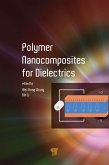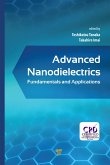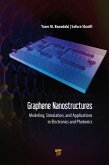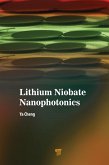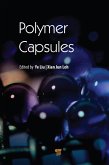Polymers have been used as dielectric materials owing to their light weight, great flexibility, and processability as well as high insulation properties. To enhance their performance for various desired dielectric applications, fabrication of polymeric nanocomposites is believed to be one of the most effective approaches. By controlling the nanomaterial dispersion and interfacial structures with the polymer matrices in nanocomposites, dielectric properties can be tailored for specific applications.
This book reviews representative polymer nanocomposite systems, focusing on the roles of nanodispersion, interfacial structures, and properties of polymer matrix materials in the dielectric properties and energy storage performance. The book reviews various dielectric relaxation models applicable to the analysis of polymer nanocomposites. It compiles the recent progress in new dielectric polymer nanocomposites based on biomaterials and hybrid nanomaterial systems for advanced dielectric applications.
This book reviews representative polymer nanocomposite systems, focusing on the roles of nanodispersion, interfacial structures, and properties of polymer matrix materials in the dielectric properties and energy storage performance. The book reviews various dielectric relaxation models applicable to the analysis of polymer nanocomposites. It compiles the recent progress in new dielectric polymer nanocomposites based on biomaterials and hybrid nanomaterial systems for advanced dielectric applications.
Dieser Download kann aus rechtlichen Gründen nur mit Rechnungsadresse in A, B, BG, CY, CZ, D, DK, EW, E, FIN, F, GR, HR, H, IRL, I, LT, L, LR, M, NL, PL, P, R, S, SLO, SK ausgeliefert werden.



